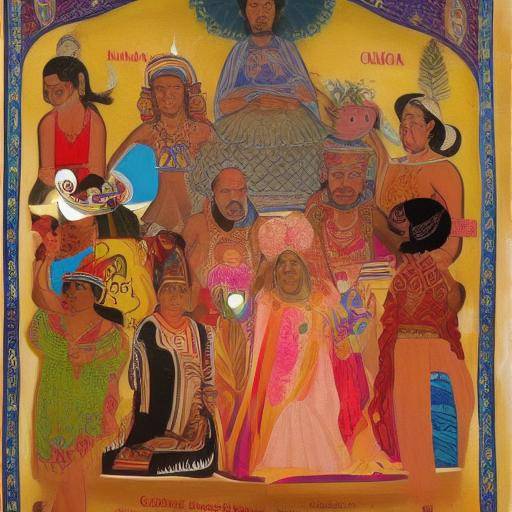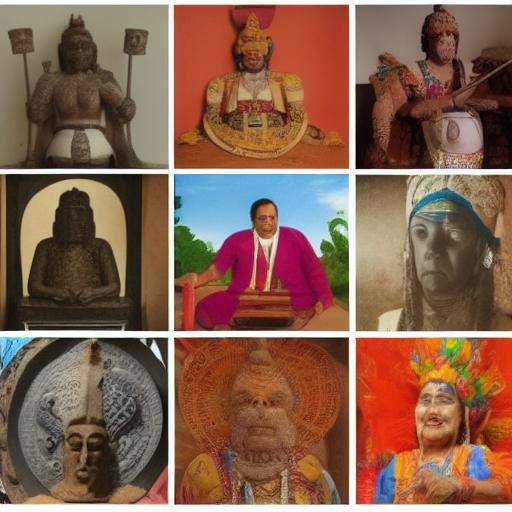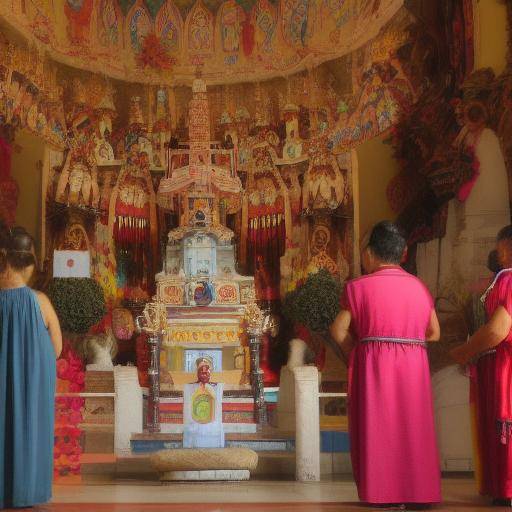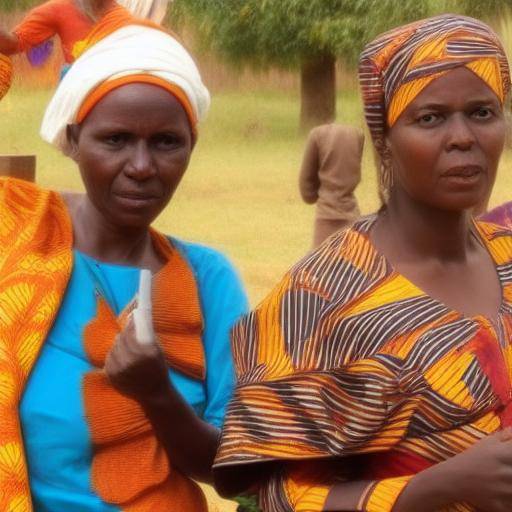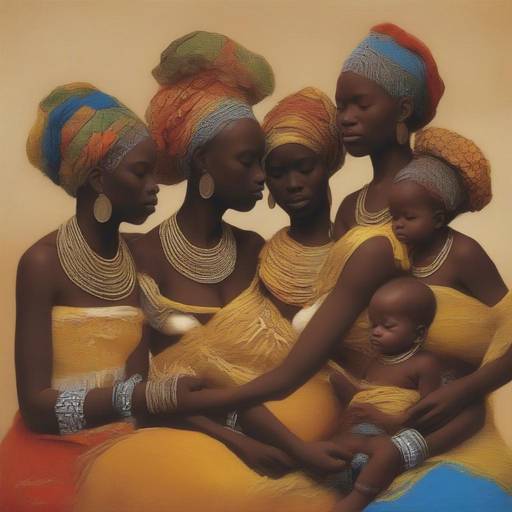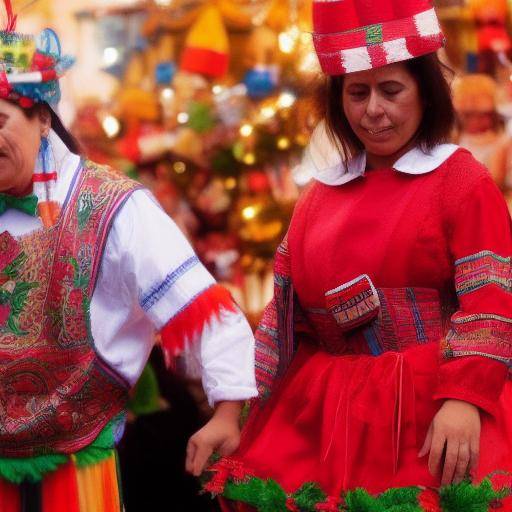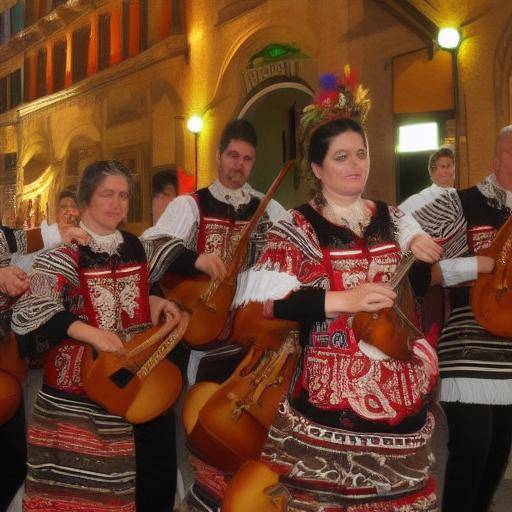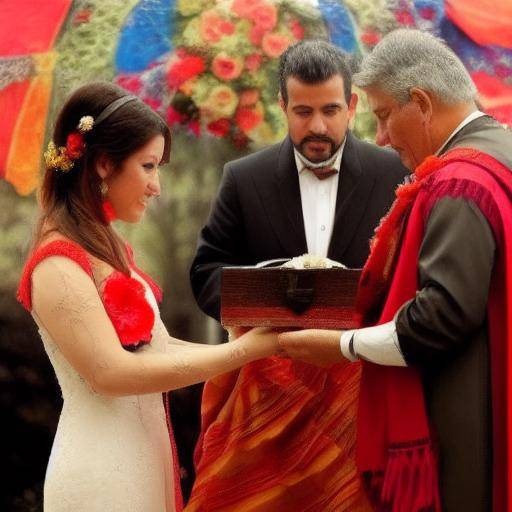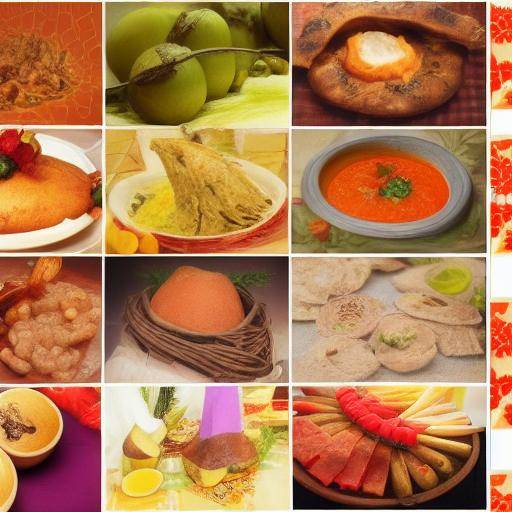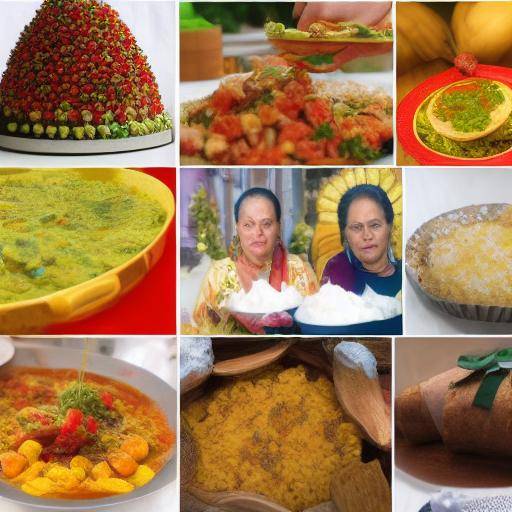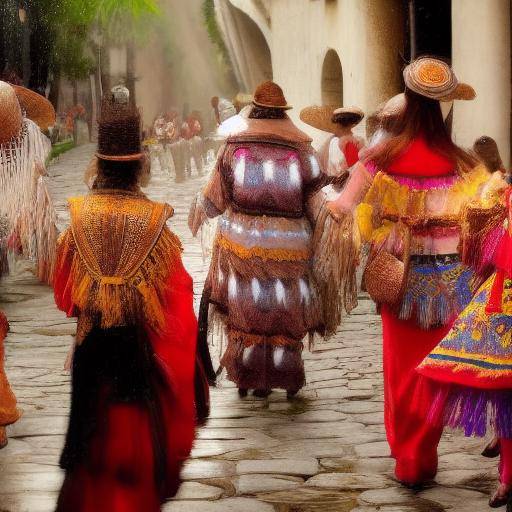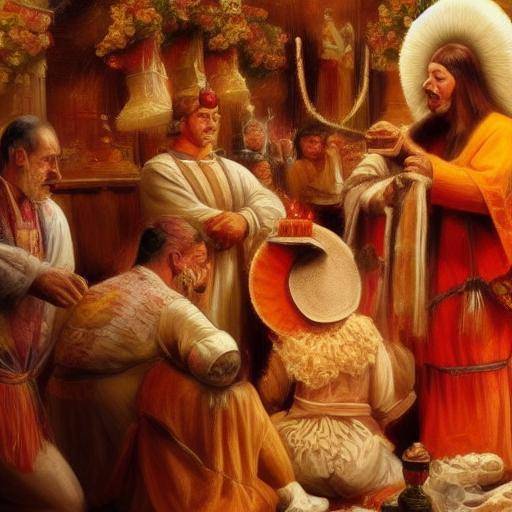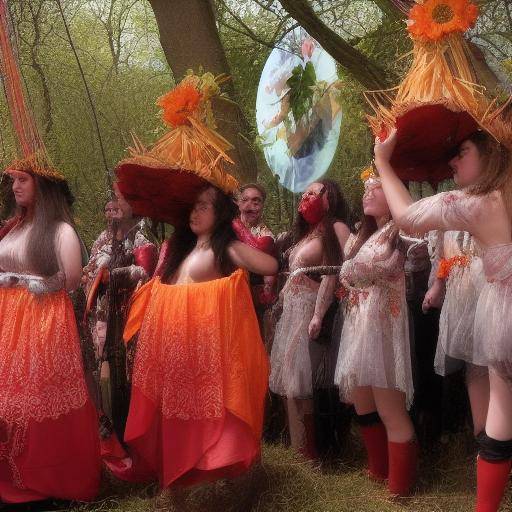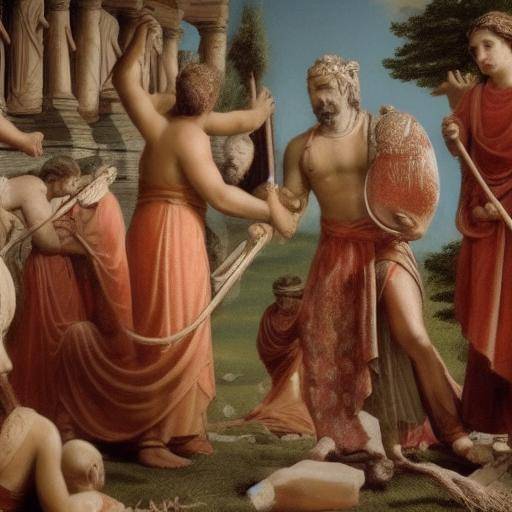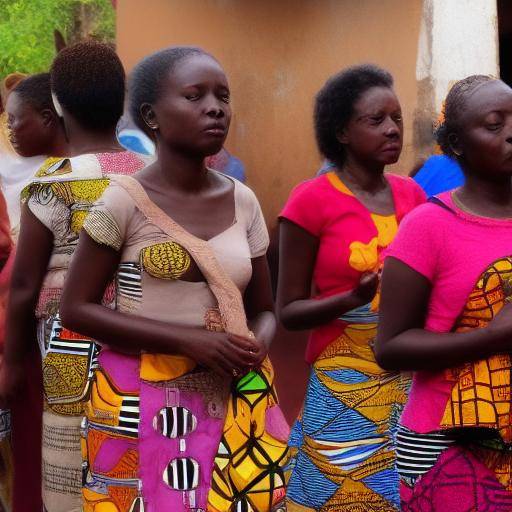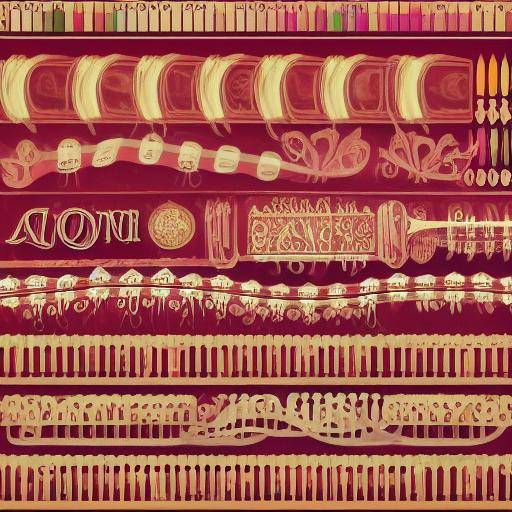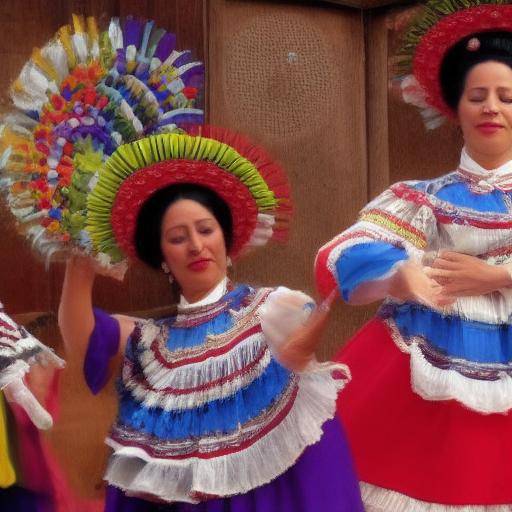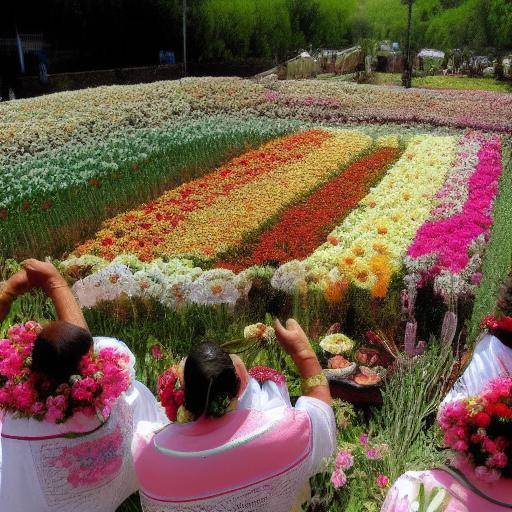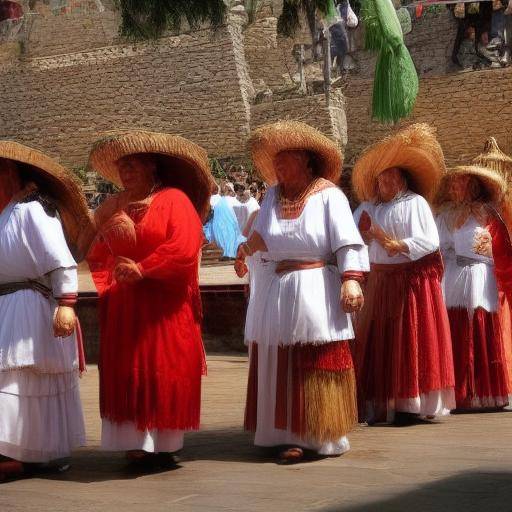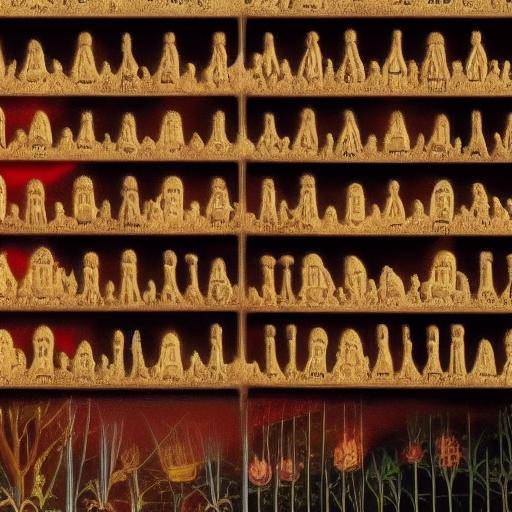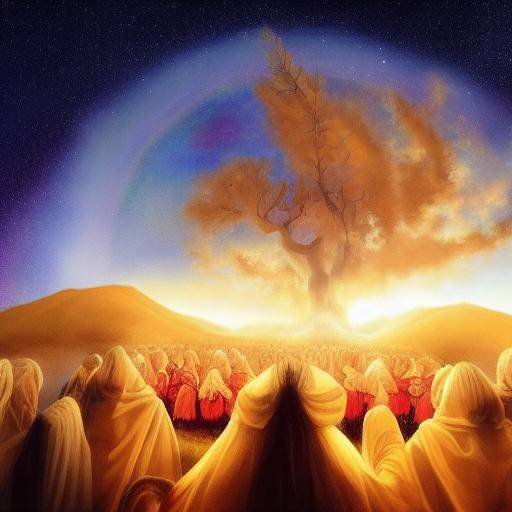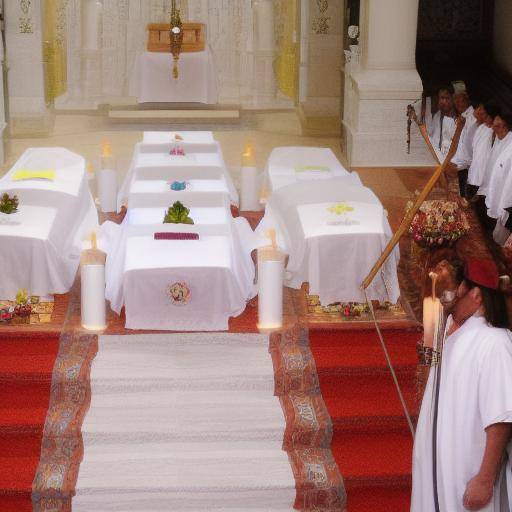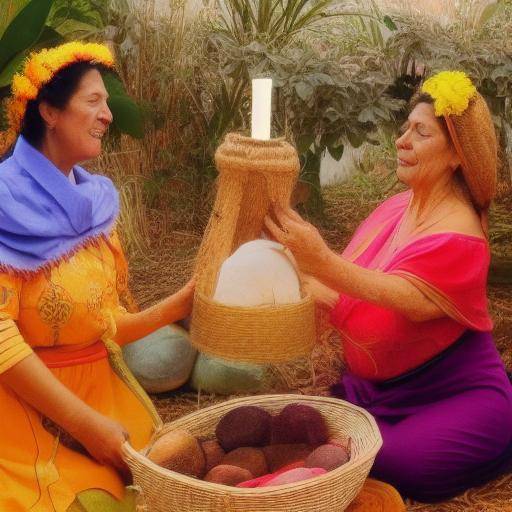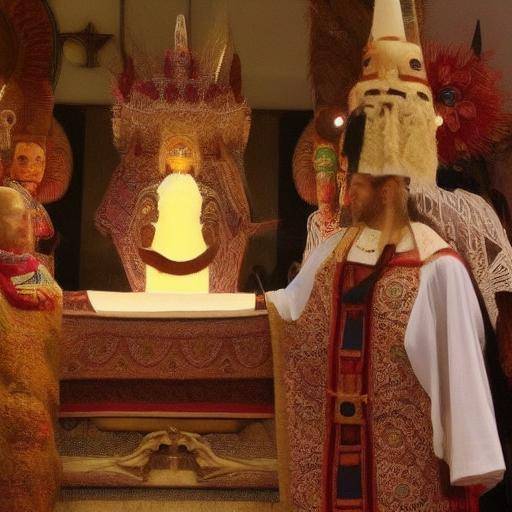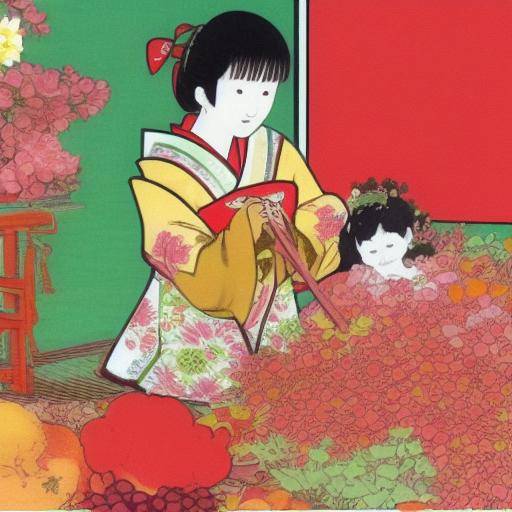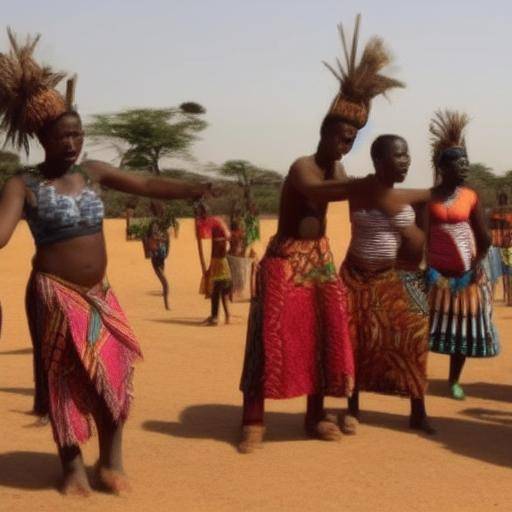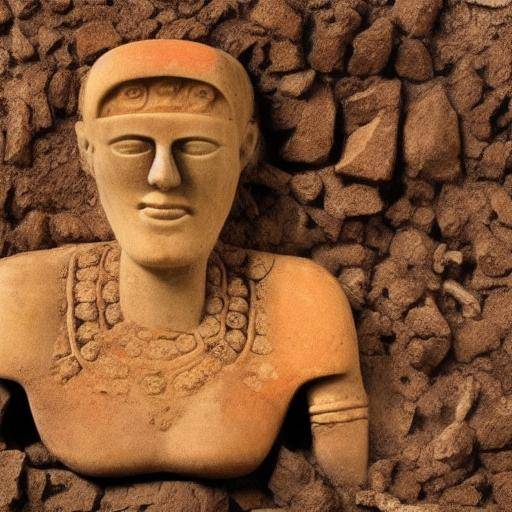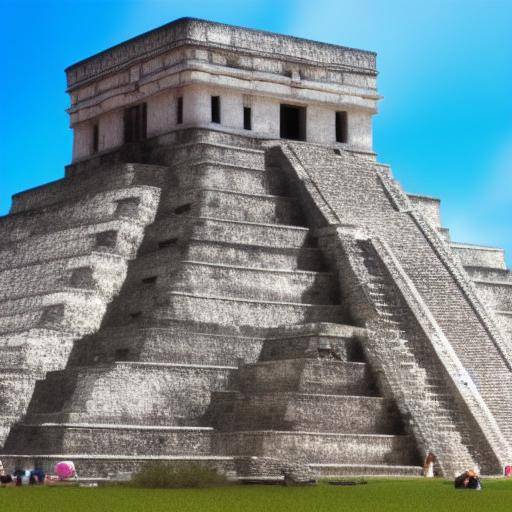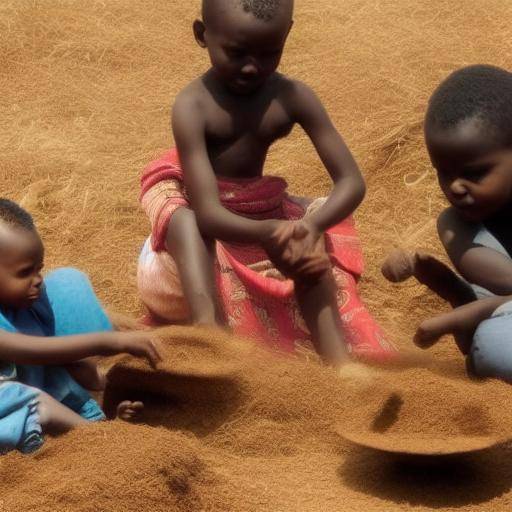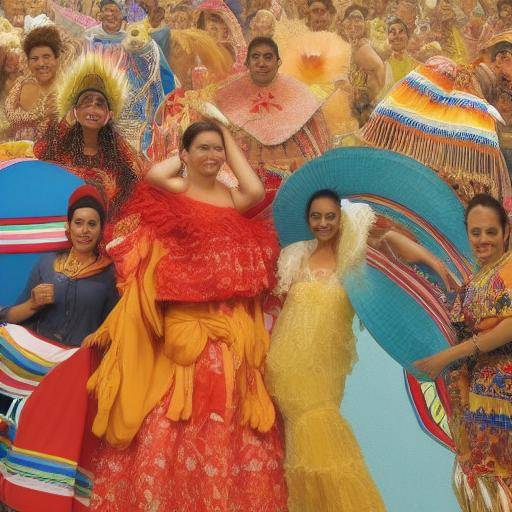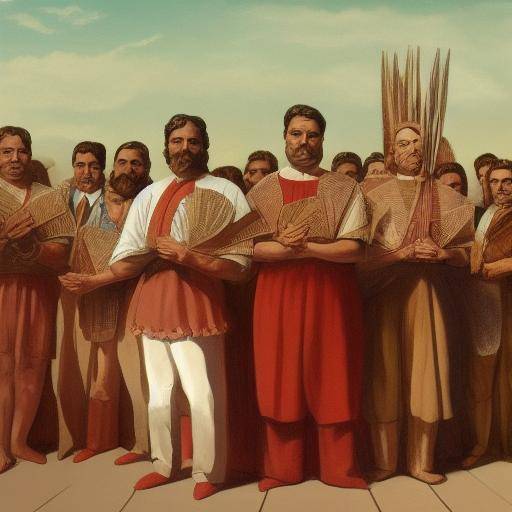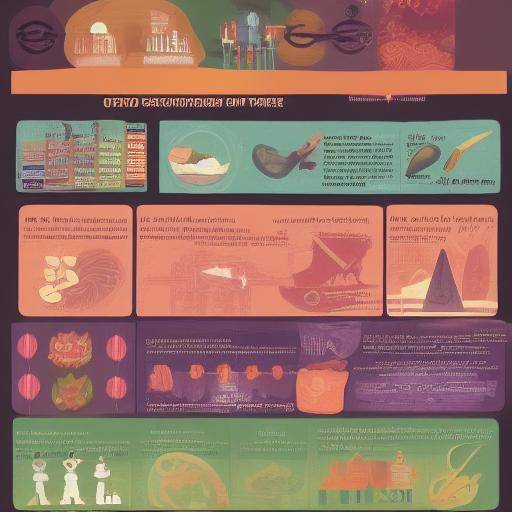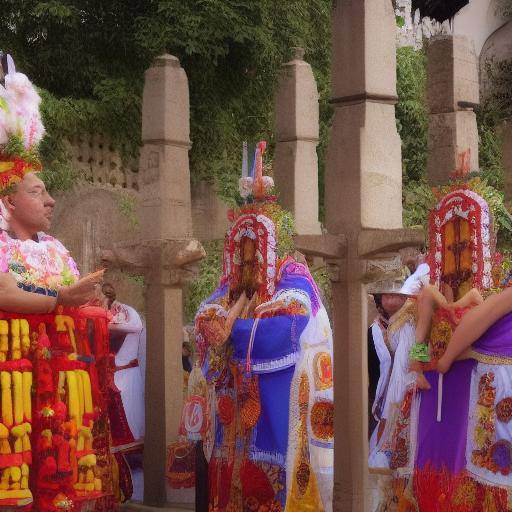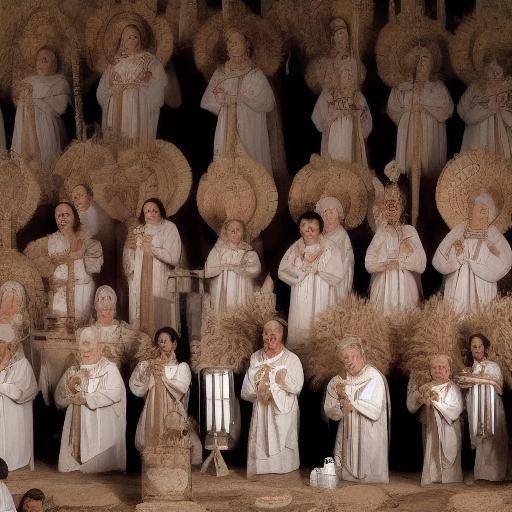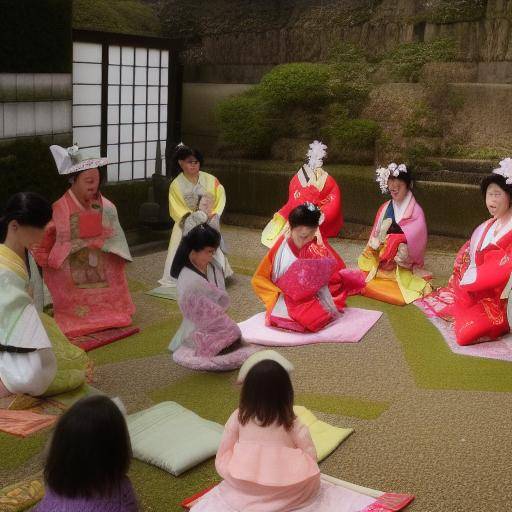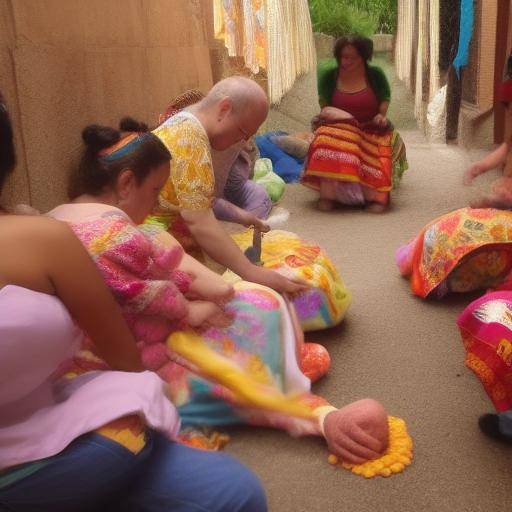
Fertility rituals have been a crucial part of diverse cultures throughout history. These rituals, rooted in ancestral traditions, seek to invoke fertility in the land, livestock, and especially in the human being. Through this article, we will explore in depth the meaning of fertility rituals in different cultures, their history, current applications, as well as providing practical advice, comparative analysis, and future forecasts.
Introduction
Fertility rituals are a manifestation of the connection between human beings and nature, revealing the importance of fertility for the livelihood and survival of communities. In this context, it is essential to understand the relevance and significant impact that these rituals have had over time. Through a journey through different cultures and times, we will explore the essence of fertility rituals, their meanings and the way they manifest themselves in the modern world.
History and Background
Fertility rituals have deep roots in the history of humanity. From ancient civilizations to contemporary societies, these rituals have played a fundamental role in the preservation of life and prosperity. Understanding the historical background gives us a unique perspective on the evolution and importance of these rituals over time.
The first evidence of fertility rituals dates back to Mesopotamian civilizations, where ceremonies dedicated to the goddess of fertility, Inanna. These rituals included dances, offerings and mystical practices in order to invoke fertility on the earth and on women. Over time, these ceremonies expanded throughout the world, adopting different forms, meanings and rituals specific to each culture.
Throughout history, fertility rituals have been an integral part of the traditions of various cultures, including Greek, Roman, Egyptian, Native American, African, among others. In each of these cultures, rituals have reflected the deep connection between fertility and survival, as well as the search for harmony with nature.
Analysis in Deep
Fertility rituals have evolved along with society, facing challenges and adapting to new realities. At present, their meaning and applications have acquired different nuances, influenced by socio-economic, religious, and environmental factors. Its detailed analysis allows us to understand its permanence and relevance in the contemporary world.
The realization of fertility rituals brings benefits both at the individual and community level. Studies show that these rituals can have a positive effect on people's mental and emotional health by connecting them with their cultural roots and providing a sense of belonging and purpose. In addition, at the economic level, soil fertility and agricultural production are favoured by the practice of these rituals, directly impacting on the food security of communities.
However, fertility rituals also face challenges in the modern world, including loss of cultural meaning, industrialization of agriculture, and climate change. The interpretation and adaptation of these rituals to the present context are fundamental to preserving their relevance and usefulness over time.
Exhaustive examination
The diversity of practices and rituals related to fertility gives us a wealth of perspectives and approaches. Understanding these practices allows us to identify best practices and optimize their application within different contexts, achieving greater effectiveness and relevance.
Through the comparative analysis of fertility rituals in various cultures, the wealth and complexity of these practices are evident. While some rituals focus on crop sowing and soil fertility, others are more related to feminine fertility and conception. This diversity offers us the opportunity to learn from different approaches and adapt innovative ideas to address contemporary challenges.
Comparative analysis
The comparison of fertility rituals in different cultures reveals surprising similarities as well as significant differences. The celebration of rituals in the spring equinox, for example, is common in many cultures, symbolizing rebirth and fertility. On the other hand, specific practices, such as ritual dances or associated symbols, vary widely, showing the diversity of expressions of these rituals throughout the world.
The comparative analysis also allows us to identify points of convergence and possible synergies between various practices. By understanding similarities and differences, we can foster the integration and exchange of knowledge between cultures, thus enriching the understanding and application of fertility rituals.
Practical Tips and Accessible Tips
For those interested in participating or incorporating fertility rituals in their lives, practical guidance and actionable advice is essential. The creation of an enabling environment for performing rituals, the selection of symbols and significant elements, and the understanding of the intention behind each action are key aspects to consider.
Practical Tips
- Identify the purpose of the ritual: It is essential to understand the objective behind the realization of the ritual, whether it be the fertility of the earth, conception, or any other related aspect.
- Selection of symbolic elements: Carefully choose the symbolic elements that will be used in the ritual, such as herbs, flowers, stones, or specific fertility symbols.
- Connect with nature: Integrate nature into the ritual, either through the realization of the outdoor ritual or through the inclusion of natural elements.
Accessible Tips
- Establishing a clear intention: Before performing the ritual, it is important to define the specific intention that is sought to manifest.
- Perform the ritual with reverence: Be conscious and respectful during the ritual, recognizing its meaning and power.
- Celebrate in community: To the extent possible, invite others to participate in the ritual to create a sense of community and mutual support.
Industry Perspectives and Expert Reviews
The vision of industry leaders and experts in the field of fertility rituals offers a deeper understanding of their impact and future potential. Through interviews and analysis of current trends, a valuable perspective can be obtained on the course that could take the field of fertility rituals in the future.
We interviewed Dr. Elena Sánchez, an expert in cultural anthropology and a scholar of fertility rituals, who shared her vision of the evolution and meaning of these rituals in contemporary society. According to Dr. Sanchez, "The fertility rituals have a significant potential to promote the connection with nature and spirituality, offering a way for personal and collective healing."
Case Studies and Practical Applications
To better understand the practical application of fertility rituals, we will examine real cases that illustrate their impact and effectiveness. These case studies offer a detailed view of how fertility rituals have been implemented in different contexts, and the results obtained through their application.
Case Study: Emberá Indigenous Community in Colombia
The Emberá indigenous community, located in the jungles of Colombia, has preserved ancestral fertility rituals that are an integral part of its cultural identity. Through dances, songs and sacred ceremonies, the community invokes the fertility of the earth and the protection of its natural resources. Recent studies have shown that these practices have helped to preserve the biodiversity of the region and to strengthen the sense of identity and social cohesion among its members.
Future Trends and Predictions
As the world continues to evolve, it is essential to explore emerging trends in fertility rituals. The analysis of these trends allows us to anticipate challenges and opportunities, and to prepare ourselves to adapt to a changing environment.
The integration of technology in fertility rituals is a growing trend. Mobile applications and online platforms offer tools for performing virtual rituals, allowing people to participate in ritual practices from anywhere in the world. This trend reflects greater openness and adaptation of fertility rituals to the digital and globalized environment.
On the other hand, there is a resurgence of interest in fertility rituals worldwide, as communities seek to reconnect with their cultural roots and promote sustainable practices in harmony with nature. This renewed interest offers opportunities to revitalize and preserve fertility rituals, fostering their continuity through the generations to come.
Conclusions
In short, fertility rituals play a key role in preserving culture, connecting with nature, and promoting fertility in its multiple aspects. Through an in-depth analysis, we have explored historical importance, current benefits, and future trends related to fertility rituals in different cultures.
Frequently asked questions
What is the importance of fertility rituals today?
Fertility rituals remain relevant today because of their role in preserving culture, connecting with nature, and promoting fertility.
What cultures do fertility rituals practice?
Fertility rituals are practiced in various cultures around the world, including Mesopotamian, Egyptian, Greek, Roman, Native American, African cultures, among others.
What are some common elements in fertility rituals?
Common elements in fertility rituals include dances, offerings, sacred ceremonies, and symbols related to fertility and connection to nature.
How can I participate in fertility rituals?
You can participate in fertility rituals through attendance at ceremonies or cultural events, the creation of personal rituals, or the integration of ritual practices into your daily life.
What are the benefits of fertility rituals?
The benefits of fertility rituals include the connection with nature, the strengthening of cultural identity, the promotion of fertility on earth and on human beings, and the sense of community and belonging.
How do fertility rituals adapt to contemporary society?
Fertility rituals adapt to contemporary society through the integration of sustainable practices, the application of technology, and the resurgence of interest in connection with nature and cultural traditions.
Through this article, we hope to have provided a comprehensive and enriching view of fertility rituals in different cultures, highlighting their meaning, applications, and future potential.


